
Sillón Leonia de cuero negro con inserciones de cuerno
10.490 EUR
Envío en 11-12 semanas

Fundada sobre un legado artesanal que se remonta a 1958, Arcahorn está redefiniendo el diseño artesanal italiano a través de su magistral uso del cuerno de cebú. En esta entrevista, la marca explica cómo su evolución de ARCA a Arcahorn marcó un cambio fundamental tanto en la identidad como en la dirección creativa. Fusionando técnicas tradicionales con una estética vanguardista y un firme compromiso con la sostenibilidad, Arcahorn elabora piezas únicas que trascienden el tiempo, combinando la herencia con la sofisticación moderna.
El contenido de esta página ha sido traducido automáticamente. Visitar el sitio en ingles

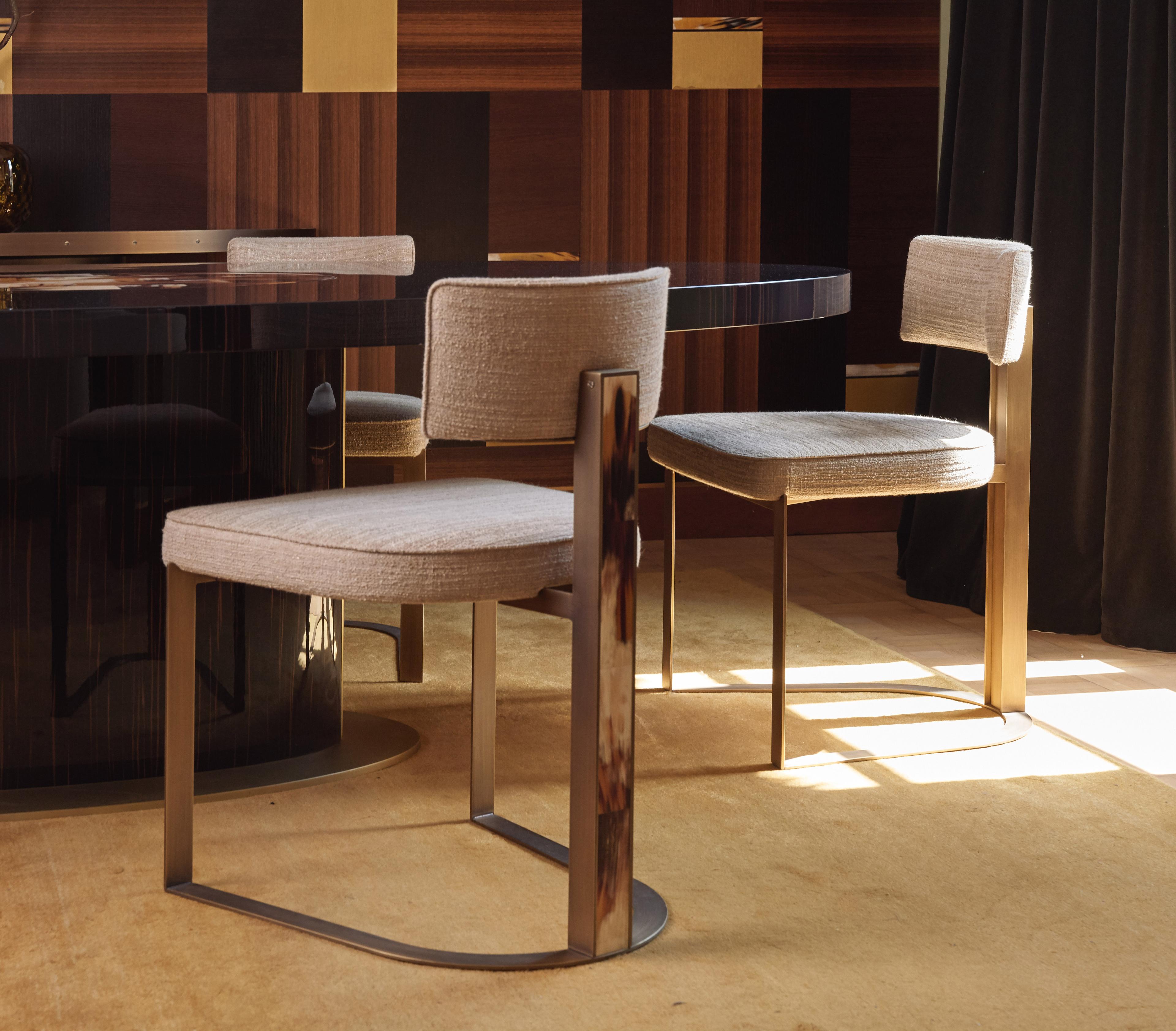
Fundada por Mario Guerra en 1958 en Recanati, Las Marcas, Arcahorn fabrica artesanalmente muebles y accesorios de lujo que se reconocen al instante por su singular atractivo y armonía visual. El cuerno de cebú, símbolo de la artesanía y la marca Arcahorn, se combina con otros materiales para crear piezas seductoras. La historia de Arcahorn está profundamente arraigada en antiguas técnicas artesanales transmitidas de generación en generación. En la actualidad, la familia Guerra sigue tendiendo puentes entre el diseño tradicional y el moderno, dando lugar a colecciones exclusivas que son sinónimo de elegancia y sofisticación.

10.490 EUR
Envío en 11-12 semanas

3350 EUR
Envío en 7-8 semanas

3830 EUR
Envío en 9-10 semanas

1880 EUR
Envío en 3-4 semanas

7685 EUR
Envío en 9-10 semanas

970 EUR
Envío en 5-6 semanas

La marca Arcahorn, registrada en 2013, evolucionó a partir de ARCA, una empresa de Las Marcas fundada en 1958 por Mario Guerra y conocida por su artesanía en el trabajo con cuerno de cebú. ¿Qué representó la creación de la marca Arcahorn en la historia de su producción artesanal?
El lanzamiento de Arcahorn marcó un punto de inflexión para nosotros. Queríamos que el propio nombre destacara nuestra especialización en el trabajo con un material tan raro y fascinante como el cuerno de cebú, algo que despertara inmediatamente la curiosidad y el interés. Junto con este cambio de marca, nos centramos más en el diseño, introduciendo piezas de mobiliario exclusivas que siguen siendo éxitos de ventas hoy en día. En esencia, la transición a Arcahorn no fue sólo una actualización de la marca, sino una verdadera evolución de nuestro oficio y nuestra oferta, combinando tradición, innovación y un refinado estilo contemporáneo.

3660 EUR
Envío en 9-10 semanas

1340 EUR
Envío en 7-8 semanas

7440 EUR
Envío en 7-8 semanas

6465 EUR
Envío en 11-12 semanas

14.885 EUR
Envío en 7-8 semanas

8050 EUR
Envío en 11-12 semanas

3350 EUR
Envío en 9-10 semanas

9880 EUR
Envío en 11-12 semanas

3965 EUR
Envío en 7-8 semanas
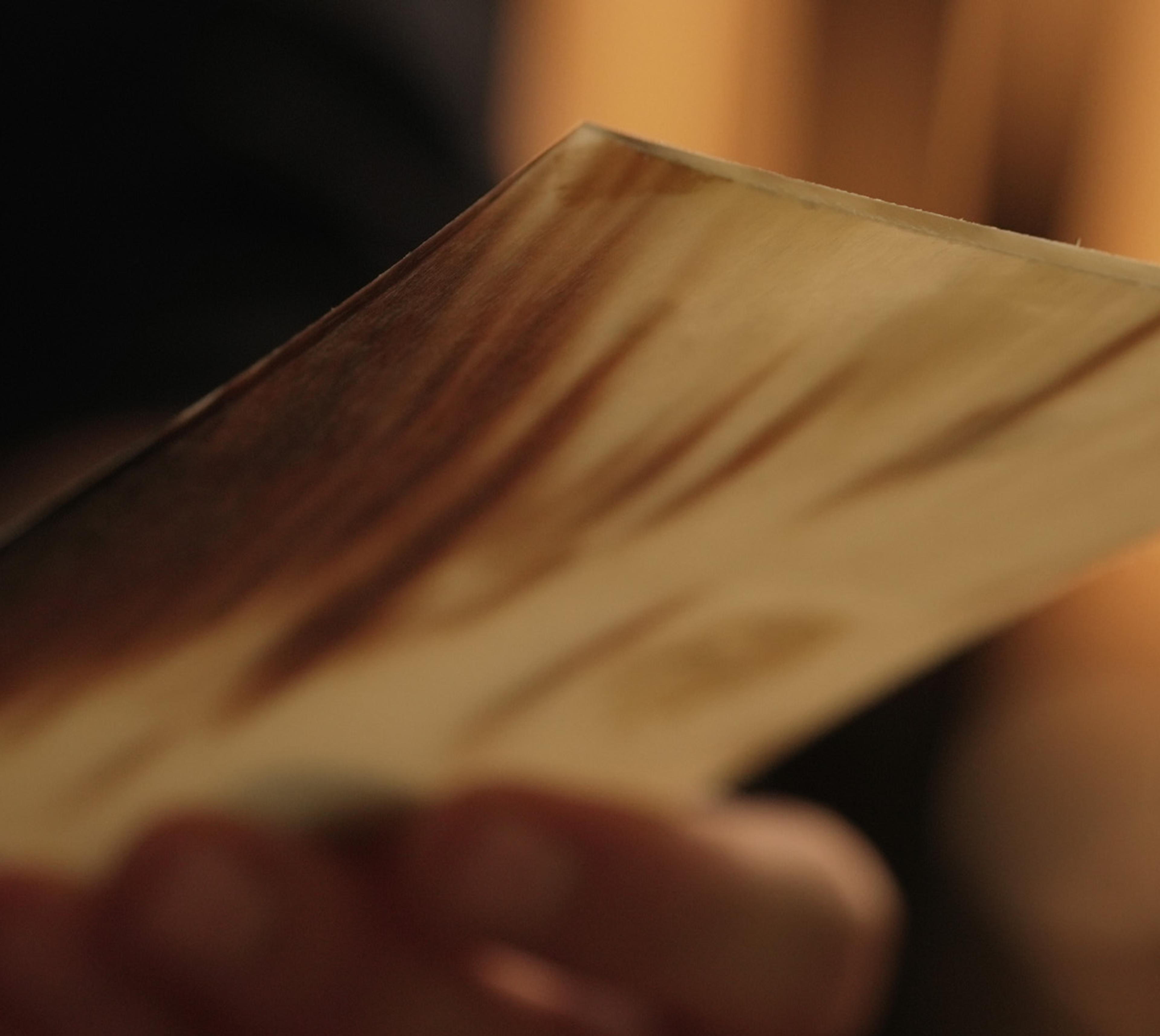

Arcahorn se guía por una ética empresarial basada en la producción local de bajo impacto. ¿Puede explicarnos cómo se elabora un producto de cuerno de cebú?
El proceso de producción de Arcahorn es un delicado equilibrio entre tradición artesanal y prácticas sostenibles. Cada pieza comienza con una serie de procesos manuales que varían según el producto, pero todos empiezan con un primer paso crucial: la cuidadosa selección de las materias primas. Cada cuerno de cebú se evalúa en función de su tamaño, color y calidad para garantizar que cumple los más altos estándares estéticos y funcionales.
Una vez seleccionado, el cuerno se corta y se le da forma mediante calor. Dependiendo del resultado deseado, pueden utilizarse moldes para definir la forma o crear incrustaciones decorativas. Los siguientes pasos -encolado, lijado y lacado- requieren una habilidad excepcional y una meticulosa atención al detalle.
Cada creación de Arcahorn es única, fruto del tiempo, la dedicación y los conocimientos artesanales transmitidos de generación en generación. La sostenibilidad está en el centro de nuestros valores: todos nuestros proveedores están situados a pocos kilómetros de nuestra sede, lo que reduce significativamente las emisiones y el impacto medioambiental del transporte. Además, cada etapa de nuestra producción cumple una estricta normativa medioambiental, lo que refuerza el compromiso de Arcahorn con un enfoque artesanal responsable y basado en el lugar.
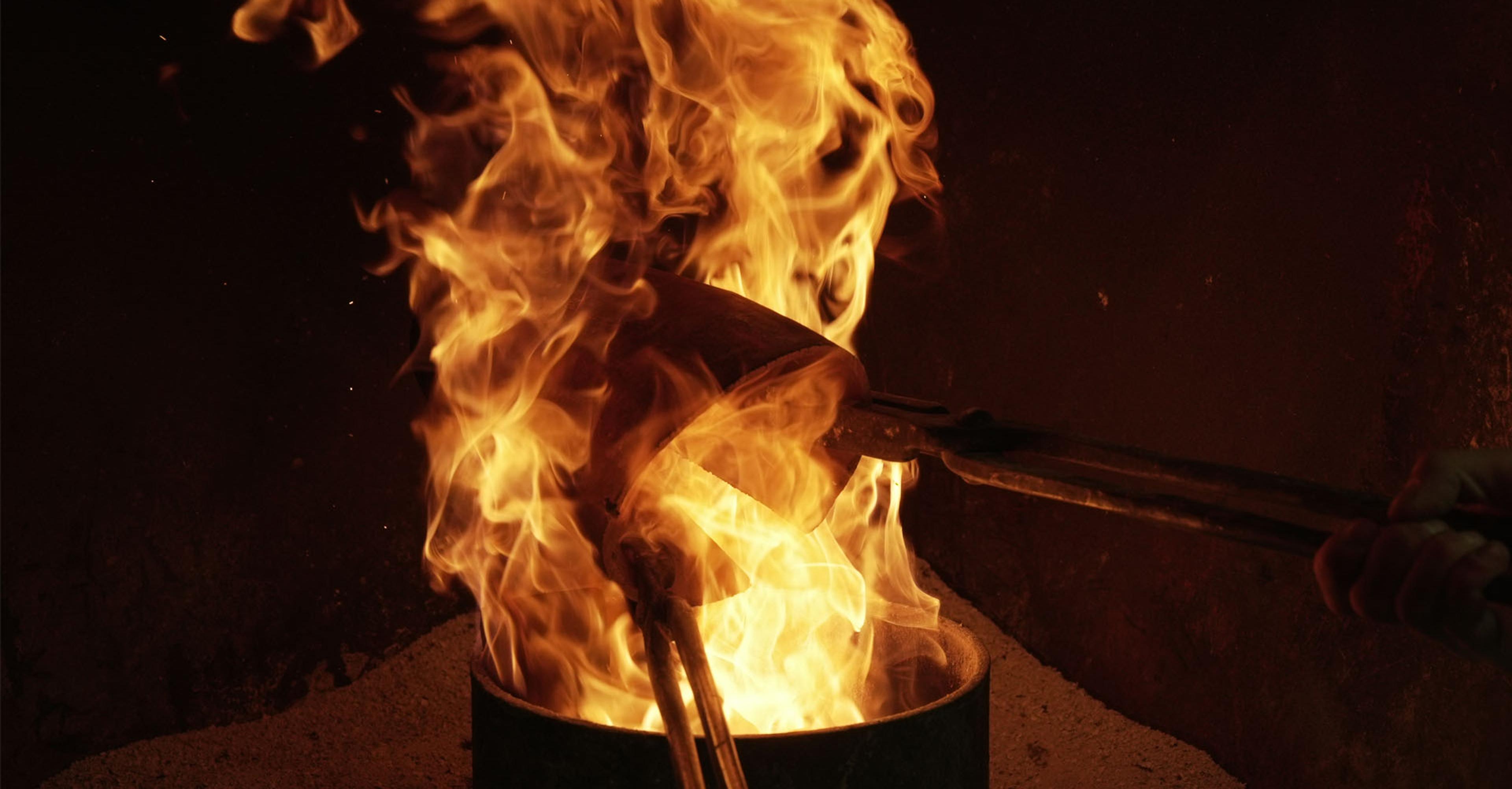
Los productos de Arcahorn son sinónimo de elegancia y sofisticación. ¿Cómo consiguen entrelazar tradición e innovación en cada pieza, equilibrando constantemente herencia y modernidad?
Nos enorgullece decir que nuestra producción sigue siendo totalmente artesanal, sin maquinaria industrial. Cada pieza de Arcahorn cobra vida gracias a las manos expertas de nuestros artesanos. A lo largo de los años, hemos perfeccionado las técnicas tradicionales transmitidas de generación en generación, un verdadero legado de la región de Recanati, famosa desde hace mucho tiempo por su trabajo artístico del cuerno.
Al mismo tiempo, estamos muy atentos a las tendencias contemporáneas y a la innovación, reinterpretando constantemente estilos y diseños, pero manteniéndonos fieles a la identidad que nos define. Este delicado equilibrio entre pasado y presente es lo que hace que nuestras creaciones sean tan versátiles: se adaptan perfectamente a interiores clásicos, modernos o eclécticos, siempre con un aire de refinada elegancia contemporánea.

4025 EUR
Envío en 9-10 semanas

1120 EUR
Envío en 5-6 semanas

475 EUR
Envío en 4-5 semanas

12.320 EUR
Envío en 7-8 semanas

2255 EUR
Envío en 7-8 semanas

3365 EUR
Envío en 9-10 semanas

1110 EUR
Envío en 7-8 semanas

11.225 EUR
Envío en 7-8 semanas

25.620 EUR
Envío en 13-14 semanas

5430 EUR
Envío en 12-13 semanas

15.005 EUR
Envío en 12-13 semanas

20.740 EUR
Envío en 11-12 semanas
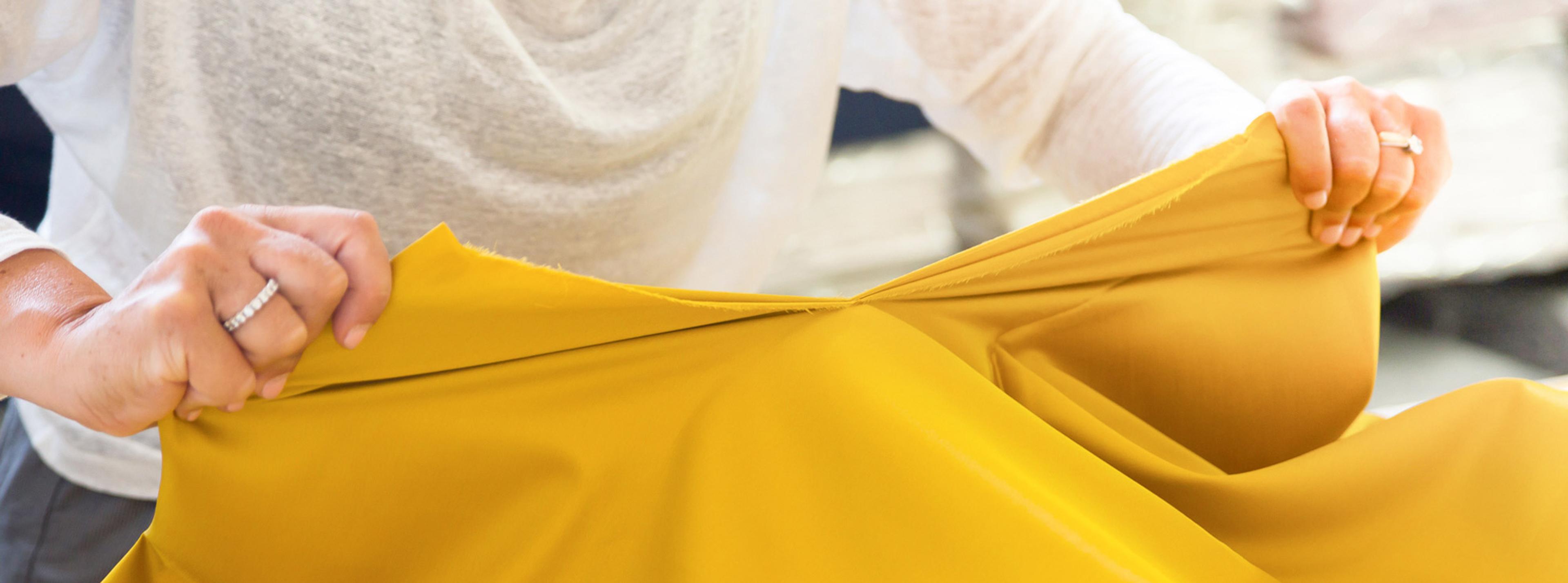
Nacida de la pasión de la familia Sali por los tejidos finos a finales de la década de 1950, Bianc…
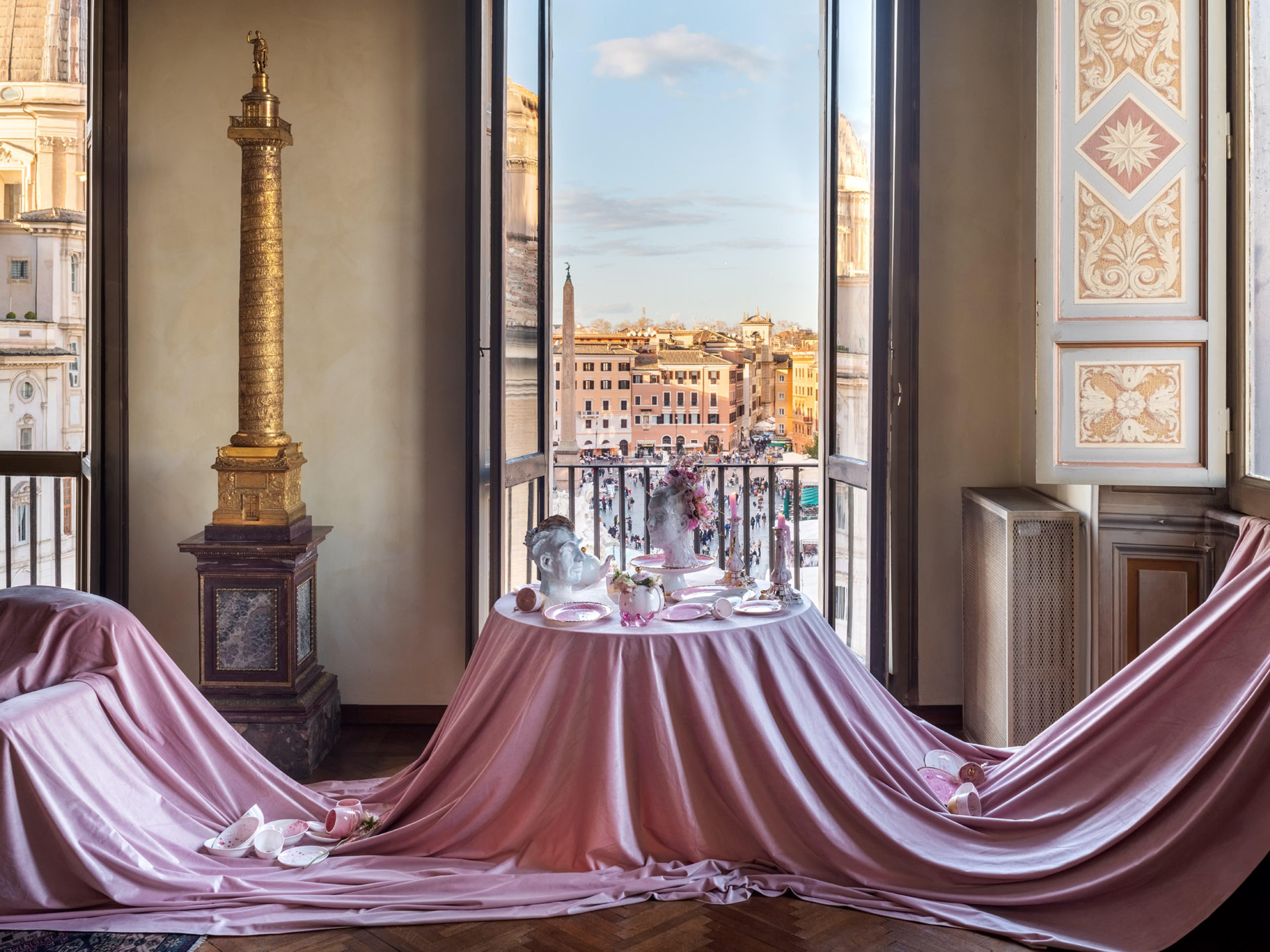
La artista y ceramista italiana Coralla Maiuri transforma la porcelana en paisajes oníricos de luz…